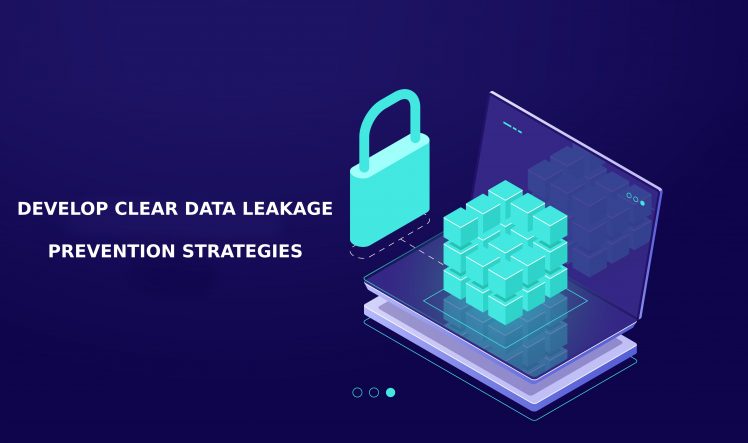
Develop Clear Data Leakage Prevention Strategies

Data leakage means any unintentional or accidental distribution of sensitive or private data to an authorized entity. Sensitive data in an organization include intellectual property, financial information, personal credit-card data, patient information, and other information depending on the industry.
Data leakage is largely unregulated and unmonitored. It includes emails, instant messaging, file transfer and more. This poses a serious issue for companies as the number of incidents and the cost continues to increase. Data leakage prevention today involves classification of data as well as continuous monitoring
The different types of data leakage
The different types of data leakages and it is very vital to know and understand that the problem of data leak starts from an internal or external source. In order to secure data leakage prevention, one needs to identify and address those vulnerable areas.
The Accidental Data Leaks
Sometimes data leakages are not intentional or malicious. Most of the data breach happens accidentally, like for example when an employee unintentionally forwards the wrong file or data to the intended recipient. Unfortunately, data that leaves your network intentionally or unintentionally the result is the same. Loss of reputation and other legal issues.
Unhappy or Ill-Intentioned Employee
Accidental leakage is self-explanatory, but what do we say about data leakages which are intentional. When a disgruntled employee or associates try to dig out the data from the company source and distribute it on the internet, putting the organization’s reputation at stake.
Most of the time it has been noted that data leakages happen from a misplaced laptop or stolen from the company’s source or leaked over email. Not all data is routed through the electronic medium, some go via cameras, printers, photocopiers, USB drives, and even discarded papers and documents. An employee signs a contract and later reveals that confidential document over the internet cannot be stopped. So data going out this way are called data exfiltration.
Official Communications shared with dubious Intent
Normally every organization assigns an email, official messenger and internet access to their employees as part of their job. Unfortunately, all these mediums are capable enough to facilitate file transfer in and out of the organization. This medium is used by the culprits to pass Malware with 100 percent success. For instance, a cybercriminal can easily trick the employee with a legitimate business email requesting for a piece of sensitive information to send them. The user would fall for the information and unknowingly will send the information, which can be anything from financial data to the company’s business plan or intellectual property.
The most common method of extracting data is through phishing attacks, which has a high data leakage success rate. Just one click on the link will land them to a web page that contains malicious code, and end up giving remote access to the attacker, and he will do the rest to retrieve the information they need.
Data leakage prevention must guard against both unintentional as well as intentions leaks. The most effective data leakage prevention technology will be easy to use as well as powerful with less complexity.
Tags:







0 Comments